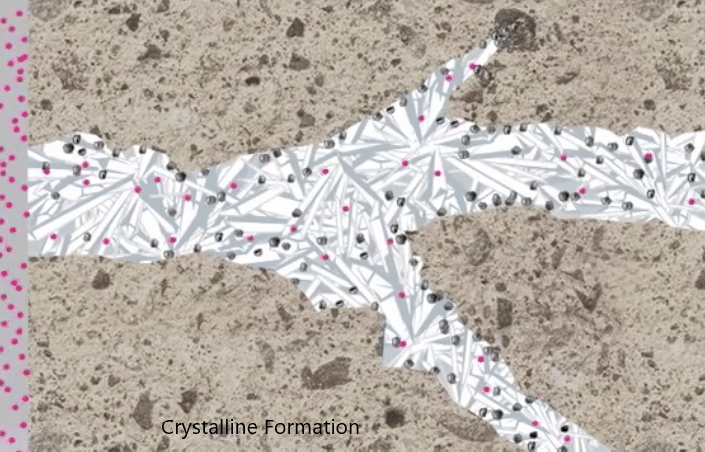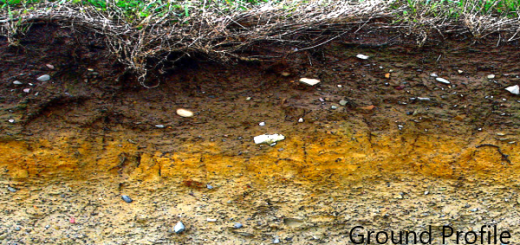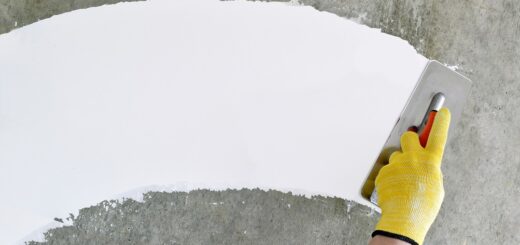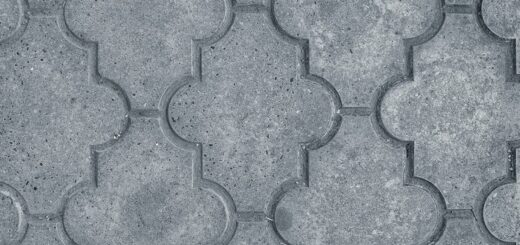Concrete Waterproofing
Concrete structures are protected by waterproofing to avoid them from contact with the water or to avoid it absorbing the water. Penetrate water into concrete structures could lead to corrosion of the reinforcements.
There are two main types of waterproofing.
- Application type
- Torch-on membranes
- Waterproofing admixtures
Application Type Waterproofings
Application type of water poofing could even be applied by spraying also.
However, commonly they are applying with brushes. Firstly, the area to be applied needs to be clean properly and remove all the foreign materials. If there is damage or uneven concrete surface, it shall be rectified by cement sand mix.
In addition, corners shall be modified by placing angle fillet to avoid sharp edges. Then the waterproofing shall be applied.
Usually, two layers are applied in perpendicular directions.
Thickness shall be controlled by taking into consideration the volume of waterproofing applied in an area.
Further, the consistency of the thickness of the waterproofing membrane shall be maintained.

Generally, the application type water proofings are cementitious, and they applied on the positive pressure face.
Recent developments in this field have changed the types of materials used for the construction.
Waterproofings that penetrated into the concrete and create the cristal structure after reacting with the concrete are called as crystalline waterproofings. This type of material can bear negative pressures also.
For example, when these types are applied to the internal face of an underground tank, it is not necessarily required to do the waterproofing from outside to avoid water penetration into the tank.
However, if water penetration into the wall is required to be avoided, external waterproofings may be done in these structures.
Torch-on Membrane Waterproofing
Torchon membranes are applied over the external surface of the concrete to protect them form penetration of water. The membrane is a bituminous material than can be lapped/connected by heating.

The application shall be done as per the product specifications. Technically qualified persons shall be employed for this purpose. Mainly, this type of water proofings is used in foundations and roof terraces in building construction.
Most of the waterproofing suppliers provide 10 years guarantee for waterproofing. However, it not sufficient when compared with the lifespan of the structure.
For example, usually, cementitious water proofings are applied which has a warranty period of 10 years. Do we need to rectify/ replace the water roofing every ten years?
It is a debatable issue that exists in the construction industry. The best solution for these issues, doing the concreting work perfectly and make sure there are no water leaks before applying the waterproofing.
Pond tests are done to check the water leakage. It suggests carrying out pond test before applying the membrane to make sure there are no leaks in the slab.
Once the waterproofing is applied, pond test may not be required to carry out if thee were no water leaks before applying it. If water leakages were observed before applying the membrane sheet, pond test (after application of waterproofing ) shall be done very carefully.
Project specification or relevant slandered shall be referred for this purpose.
Generally, visual observations are made for checking the water leakages where there is access.
However, when it not possible to check visually, water levels are monitored and drop of the water height is checked. Especially, in underground structures, water level monitoring is done.
Further, when it becomes a larger reservoir, measurement shall be taken.
The article typical waterproofing details in buildings indicate more useful information to be following by designers.
Waterproofing Admixtures
Here, we discuss the additives to the concrete to make it impossible to water to pass through the concrete.
The addition of admixture reduces the porosity of the concrete and also reduce permeability. This action causes by calcium hydroxide formed in the hydration process reacting with the admixture.
Admixtures can be added to the concrete at the batching plant or on-site.
These chemicals react with the concrete and create a barrier to the movement of the water through the concrete section. It is kind of a self barrier as there is no external protection.
If cracks forms during the hydration process or subsequently due to the factors affecting durability of concrete could lead to leaking water. Such defects can not be rectified with waterproofing admixtures.
Depending on the nature of the structure and different parts of the structure, these materials can be used. For example, basement floors, ground beams, underground tanks, etc which are very difficult in doing applications or applying torch on the membrane, admixture type protection is more useful.
However, not like other waterproofing methods, there are more advantages.
- Law cost of construction.
- Less involvement and fewer errors
- Easy to use
- Consistency of the mixing provides greater benefits
- In general, the majority of waterproofing systems provide around a 10-year guarantee. However, since this is within the concrete, it lasts longer as the life of the structure.
- The use of admixture does not affect the normal properties of concrete.
- It reduces the maintenance cost
Though these admixtures are new to the construction industry, the use of them is increasing rapidly due to having more advantages when compared with other materials.
Crystalline types are also can be considered as an admixture or other different application type. Let’s see how it works.
Crystalline Waterproofing
Manly, there are two types.
- Application type (external application)
- Integral Crystalline
The application type is a conventional method, it can be done with brush application or with spray methods.
Integral Crystalline is adding the chemical as an admixture as discussed above.
When it added to the concrete or applied to the concrete, it reacts with the concrete and creates a crystal structure that is not soluble in water.
As indicated in the above figure, crystals are developed in the concrete in the presence of moisture.
This waterproofing can be used for constructions below the ground; basement floor slabs, ground beams, basement walls, bridges, dams, water retaining structures, marine structures.
The following advantages can be highlighted.
- The involvement of the labor is nearly zero if integral type waterproofing issued as the mixing is done at the initial stage.
- As a result, it reduces the cost.
- Easy to use
- It reduces the time spending for waterproofing work.
- High resistance to the water movement with the development of crystals within the concrete
- As reduce the porosity and permeability of the concrete, it improves durability.
- The crystalline materials can seal the cracks. It could even seal the cracks of width in the range of 0.4-0.5mm
- External factors do not affect the performance
- The application can be done inner or outer of the structure. Further, it can bear the negative pressure.




